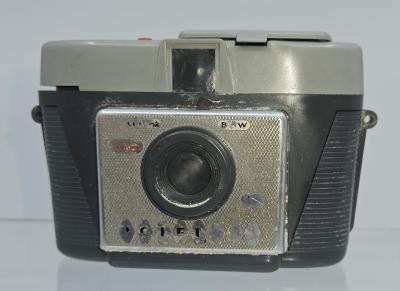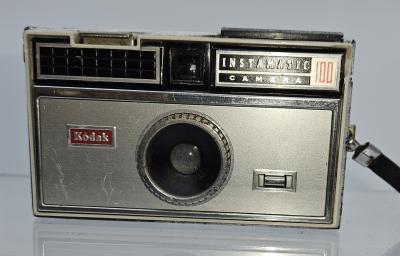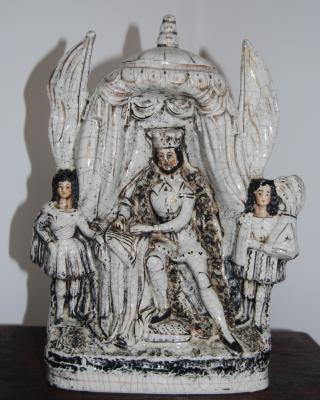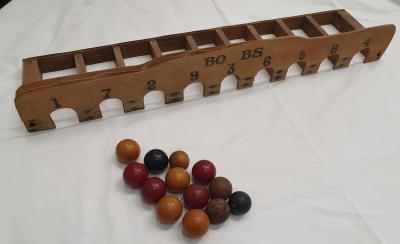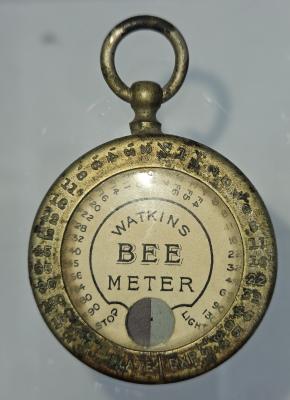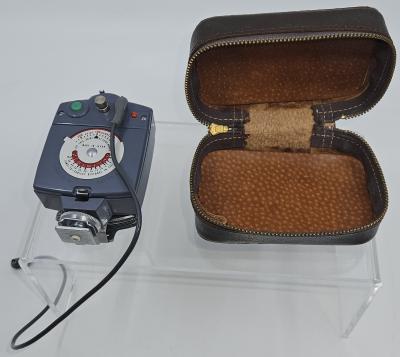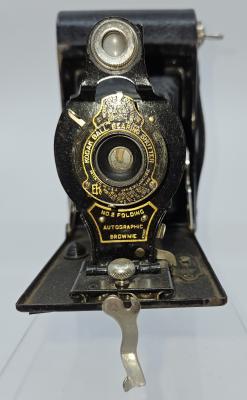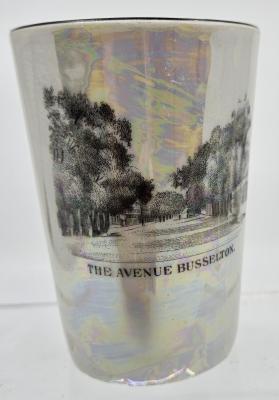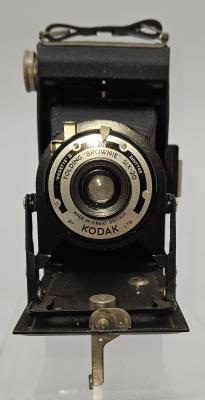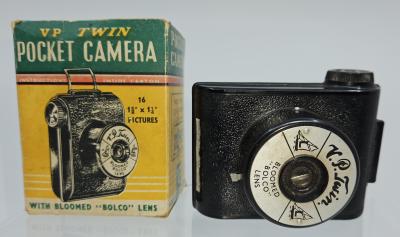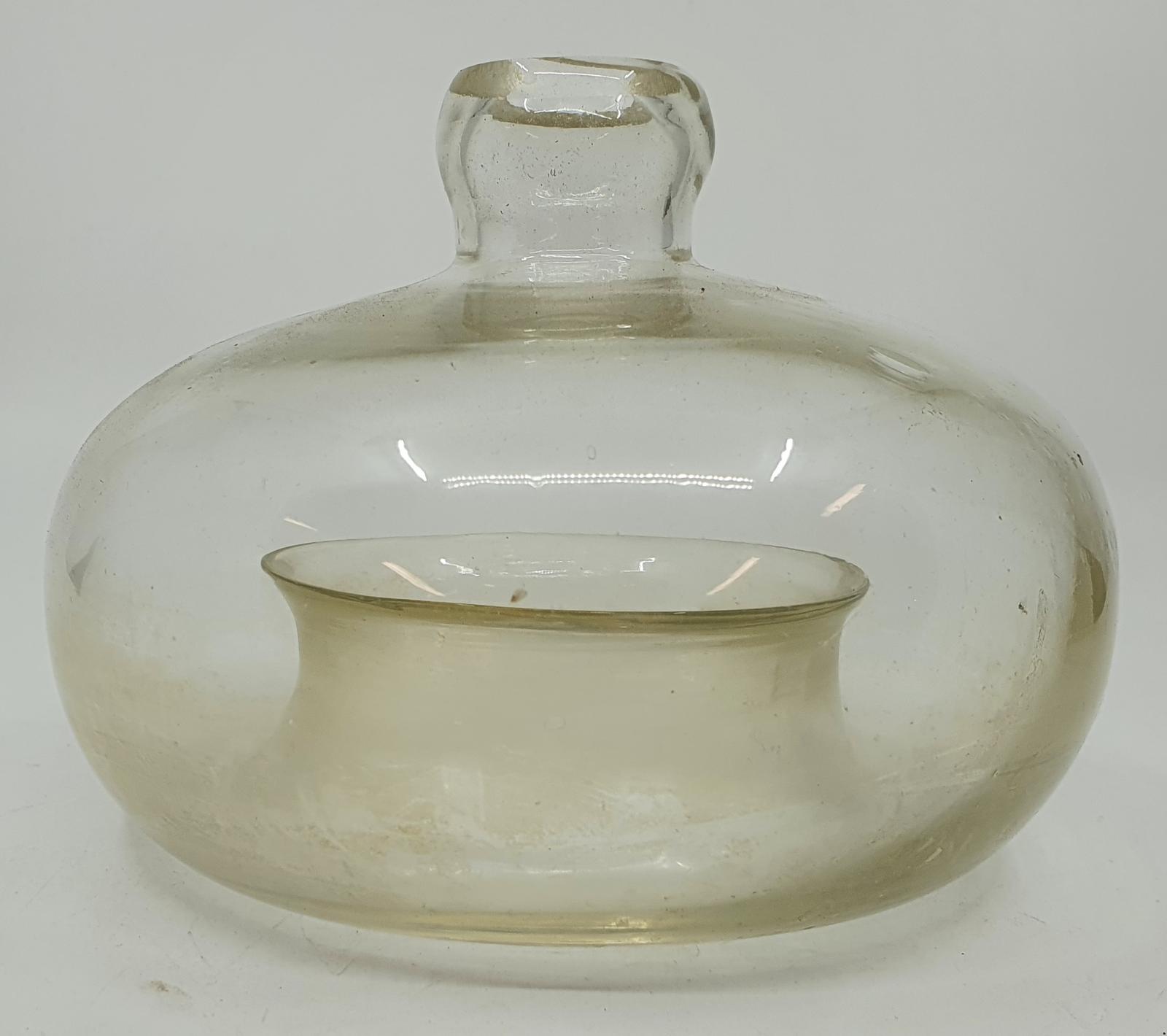Glass Fly Trap
Glass fly traps have been around since the early 1800's. Originally hand blown, they were later mass produced. The flies are attracted with a honey solution or other substance poured into the inner reservoir. The flies enter via the lower inverted funnel, and then because they resist the chance of flying downwards, they are trapped. In the decades since then, glass fly traps have been replaced by sticky traps, insecticides, screening and bug-zappers.
Details
Details
Other items from Busselton Historical Society
- WW1 Trenching Tool
- WW2 Multi-meter
- Camera - Agiflash 44
- Camera - Kodak Instamatic 100
- Figurine of King John Signing the Magna Carta
- "Riversdale" Bobs Set - game
- Watkins Bee Meter
- Ricoh Folding Camera Flash Unit
- Camera - Kodak No.2 Autographic Folding Brownie
- Souvenir Cup - The Avenue Busselton
- CAMERA - Kodak Folding 'Brownie' Six-20
- Camera - V.P.Twin Pocket camera
